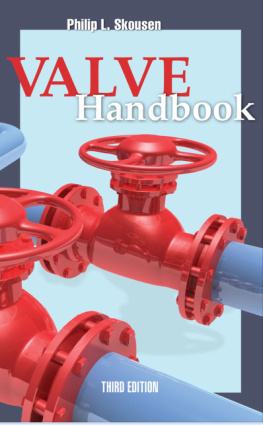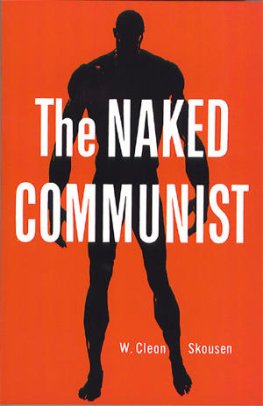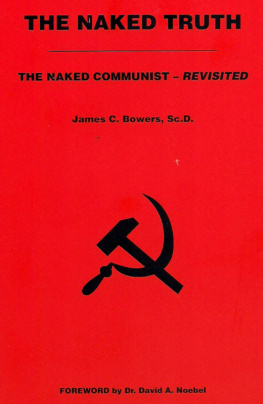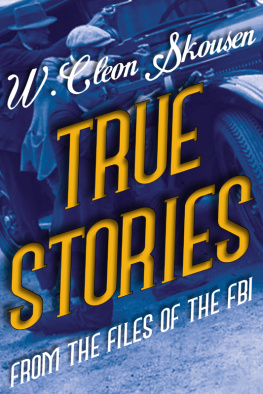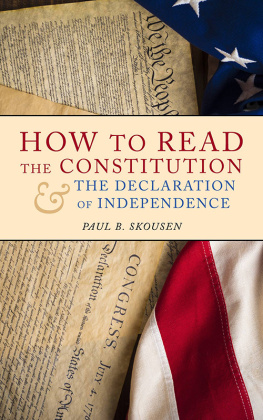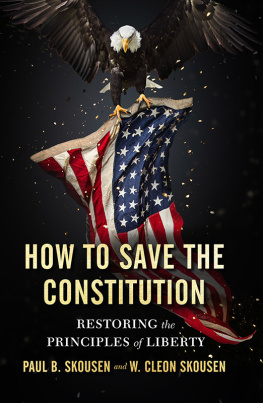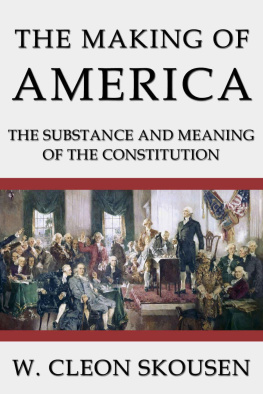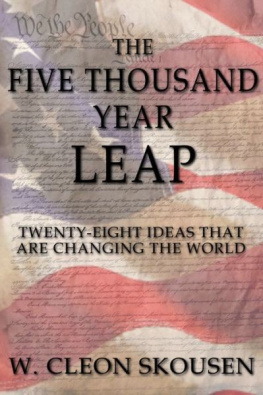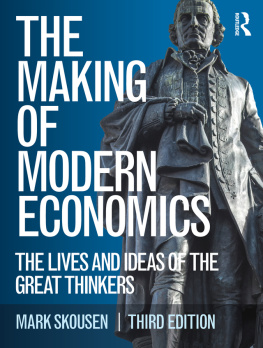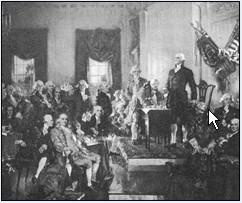Philip Skousen [L. SKOUSEN - Valve Handbook
Here you can read online Philip Skousen [L. SKOUSEN - Valve Handbook full text of the book (entire story) in english for free. Download pdf and epub, get meaning, cover and reviews about this ebook. publisher: McGraw-Hill Education, genre: Science. Description of the work, (preface) as well as reviews are available. Best literature library LitArk.com created for fans of good reading and offers a wide selection of genres:
Romance novel
Science fiction
Adventure
Detective
Science
History
Home and family
Prose
Art
Politics
Computer
Non-fiction
Religion
Business
Children
Humor
Choose a favorite category and find really read worthwhile books. Enjoy immersion in the world of imagination, feel the emotions of the characters or learn something new for yourself, make an fascinating discovery.
- Book:Valve Handbook
- Author:
- Publisher:McGraw-Hill Education
- Genre:
- Rating:3 / 5
- Favourites:Add to favourites
- Your mark:
- 60
- 1
- 2
- 3
- 4
- 5
Valve Handbook: summary, description and annotation
We offer to read an annotation, description, summary or preface (depends on what the author of the book "Valve Handbook" wrote himself). If you haven't found the necessary information about the book — write in the comments, we will try to find it.
Philip Skousen [L. SKOUSEN: author's other books
Who wrote Valve Handbook? Find out the surname, the name of the author of the book and a list of all author's works by series.
Valve Handbook — read online for free the complete book (whole text) full work
Below is the text of the book, divided by pages. System saving the place of the last page read, allows you to conveniently read the book "Valve Handbook" online for free, without having to search again every time where you left off. Put a bookmark, and you can go to the page where you finished reading at any time.
Font size:
Interval:
Bookmark:


Copyright 2011 by The McGraw-Hill Companies, Inc. All rights reserved. Except as permitted under the United States Copyright Act of 1976, no part of this publication may be reproduced or distributed in any form or by any means, or stored in a database or retrieval system, without the prior written permission of the publisher.
ISBN 978-0-07-174390-7
MHID 0-07-174390-1
The material in this eBook also appears in the print version of this title: ISBN 978-0-07-174389-1, MHID 0-07-174389-8.
All trademarks are trademarks of their respective owners. Rather than put a trademark symbol after every occurrence of a trademarked name, we use names in an editorial fashion only, and to the benefit of the trademark owner, with no intention of infringement of the trademark. Where such designations appear in this book, they have been printed with initial caps.
McGraw-Hill eBooks are available at special quantity discounts to use as premiums and sales promotions, or for use in corporate training programs. To contact a representative please e-mail us at bulksales@mcgraw-hill.com.
Valve Handbook
TERMS OF USE
This is a copyrighted work and The McGraw-Hill Companies, Inc. (McGraw-Hill) and its licensors reserve all rights in and to the work. Use of this work is subject to these terms. Except as permitted under the Copyright Act of 1976 and the right to store and retrieve one copy of the work, you may not decompile, disassemble, reverse engineer, reproduce, modify, create derivative works based upon, transmit, distribute, disseminate, sell, publish or sublicense the work or any part of it without McGraw-Hills prior consent. You may use the work for your own noncommercial and personal use; any other use of the work is strictly prohibited. Your right to use the work may be terminated if you fail to comply with these terms.
THE WORK IS PROVIDED AS IS. McGRAW-HILL AND ITS LICENSORS MAKE NO GUARANTEES OR WARRANTIES AS TO THE ACCURACY, ADEQUACY OR COMPLETENESS OF OR RESULTS TO BE OBTAINED FROM USING THE WORK, INCLUDING ANY INFORMATION THAT CAN BE ACCESSED THROUGH THE WORK VIA HYPERLINK OR OTHERWISE, AND EXPRESSLY DISCLAIM ANY WARRANTY, EXPRESS OR IMPLIED, INCLUDING BUT NOT LIMITED TO IMPLIED WARRANTIES OF MERCHANTABILITY OR FITNESS FOR A PARTICULAR PURPOSE. McGraw-Hill and its licensors do not warrant or guarantee that the functions contained in the work will meet your requirements or that its operation will be uninterrupted or error free. Neither McGraw-Hill nor its licensors shall be liable to you or anyone else for any inaccuracy, error or omission, regardless of cause, in the work or for any damages resulting therefrom. McGraw-Hill has no responsibility for the content of any information accessed through the work. Under no circumstances shall McGraw-Hill and/or its licensors be liable for any indirect, incidental, special, punitive, consequential or similar damages that result from the use of or inability to use the work, even if any of them has been advised of the possibility of such damages. This limitation of liability shall apply to any claim or cause whatsoever whether such claim or cause arises in contract, tort or otherwise.
Material from the disk that accompanies the
printed version of this eBook may be obtained
from McGraw-Hill Professionals MediaCenter
at http://mhprofessional.com/mediacenter.
Some material may require a desktop
or laptop computer for full access.
Enter this eBooks ISBN and your e-mail
address at the MediaCenter to receive
an e-mail message with a download link.
This eBooks ISBN is 978-0-07-174389-1.
To obtain material from the disk that
accompanies the printed version of
this eBook, please .
About the Author
Philip L. Skousen, ABC, has been associated with the process
equipment industry for more than 35 years, serving in a number
of engineering, marketing, training, and communication
management positions. He has written or contributed to
dozens of technical articles about process valves for Chemical
Engineering, Chemical Processing, Valve Magazine, Control
Engineering, and Control. Mr. Skousen has been an adjunct
faculty member at Brigham Young University for more than
15 years.
Third Edition
Since the first edition of Valve Handbook in 1998, the valve industry has continued to evolve with these dynamic times. Economic pressures brought on by widespread global recessions in 2001 and 2007 have forced the process industry to rely on technology and stricter standards to produce greater efficiencies across the production cycle. In addition, corporate managementconcerned with increasing internal costshas charged their process engineers and plant managers with employing current and new technology to keep manpower costs in check. As the third edition of Valve Handbook shows, the valve industry has responded to these industrial needs.
Although the world recession has slowed the expansion of the process industry over the past decade, demand for process products is now finally increasing, fueled by announcements for new plants or retrofitting of existing plants. For that reason, in 2010 world demand for industrial valves was expected to rise by 5 percent, creating total valve sales of over $65 billion.
In the 1990s, the valve industry made a huge leap forward with the development of onboard smart technology that could interface with emerging communication protocols. The decade of the 2000s was spent fine tuning this evolving technology and making it more user friendly. (For example, wireless has now been added to smart technology.) As we enter a new decade, industrial valves, actuators, positioners, controllers, and accessories are now expected to be more efficient and reliable, and easier to usedespite the complexities of the technology behind digital positioners and other smart technology.
Other trends have emerged. For example, process safety is more important than ever. In this age of environmental concern and high costs of litigation, no corporation can afford a spill or explosion at one of its facilities. Not only do such disasters endanger lives, livelihoods, and production, but they also invite unwanted government and media attention. Such scrutiny brings added legislation, regulation, and oversightnot to mention the public relations nightmares. For this reason, valves in emergency shutdown (ESD) applications have received added attention.
One recent trend worth noting is the advancement of green industries and the technologies behind them. For example, the wastewater industry has made significant improvements in facility and system designs and their ability to produce clean water for their communities from sewage and industrial wastewater. In response to social responsibility and government pressures, the overall process industry has embraced green environmental controls. Chemical, petrochemical, power, pharmaceutical, and food processing industries are now retrofitting their plants to include wastewater systems. In addition, clean-air nuclear energy plants are now making a comeback in many parts of the world as time has shown thatgiven strict adherence to nuclear safety standardsthe risks of a nuclear disaster are minuscule.
The valve industry has continued to support the green goals of the process industry by providing leak-less or leak-resistant valve designs. With the potential of multiple leak paths, valves have historically been a weak link in the process system in terms of fugitive emissions and process or energy leaks. Recent design advancements have improved the integrity of the valve and its ability to resist leakage. Also, the addition of sensors and smart technology has provided additional safeguards to discover leakage or performance problems early.
Font size:
Interval:
Bookmark:
Similar books «Valve Handbook»
Look at similar books to Valve Handbook. We have selected literature similar in name and meaning in the hope of providing readers with more options to find new, interesting, not yet read works.
Discussion, reviews of the book Valve Handbook and just readers' own opinions. Leave your comments, write what you think about the work, its meaning or the main characters. Specify what exactly you liked and what you didn't like, and why you think so.

